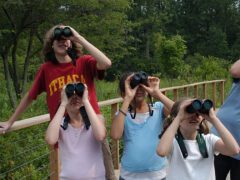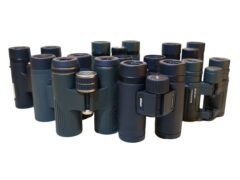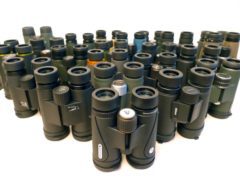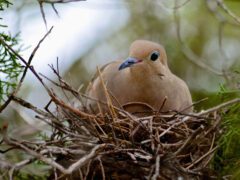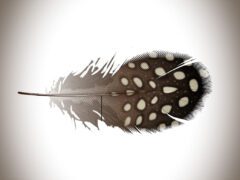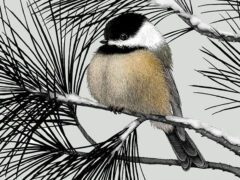The Four Keys to ID
- Size & Shape
A very plump, short-necked shorebird with a long, slightly curving bill, and short legs.
Relative Size
Larger than a Sanderling, smaller than a Red Knot.

 robin-sized
robin-sizedMeasurements
- Both Sexes
- Length: 7.1-9.4 in (18-24 cm)
- Weight: 2.0-4.6 oz (57-130 g)
© Brian Sullivan / Macaulay Library
- Color Pattern
Breeding adults are a mix of gray, rufous, and gold above, with a chestnut crown and ear patch contrasting with a pale face and some black on the belly. Legs and bill are dark. Nonbreeding plumage is rich slate gray above, pale below with dark gray spots. In winter, the bill is orange at the base and the legs are greenish yellow, typically duller than in Purple Sandpiper. Juveniles are dark brown above, pale below, with upperparts feathers neatly edged in pale gold; breast buffy with indistinct streaking.
© Brian Sullivan / Macaulay Library - Behavior
Forages on rocky shorelines by gleaning or probing in algae and by hammering small mollusks with bill. Forages on mudflats by probing with bill to find hidden prey (clams and worms) by touch. Males fly over territory with fluttering flight displays.
- Habitat
Nests in both wet or dry tundra near coasts, below 1,000 feet elevation. Migrants and wintering birds use strictly tidal habitats: rocky substrates, beaches, and mudflats in estuaries and rivers.
© Judith R Taylor / Macaulay Library
Regional Differences
Ornithologists currently recognize at least four subspecies of Rock Sandpiper. The largest, ptilocnemis, nests on the Bering Sea islands and winters in Alaska, mostly at Cook Inlet and on the Alaska Peninsula. In breeding plumage, it has a wider white wingstripe, paler underparts, and much paler back than all other subspecies, and its nonbreeding plumage is also noticeably paler. The smallest subspecies, quarta, nests and winters on Russia’s Commander Islands. It has a uniformly colored back. Intermediate in size are the similar tschuktschorum, of mainland Alaska and easternmost Russia, and couesi of the Aleutian Islands. Their breeding ranges meet around Bristol Bay. Both of these darker subspecies show strongly patterned backs in breeding plumage. Most tschuktschorum winter from southern Alaska to northern California, whereas couesi winter near their nesting areas.





































